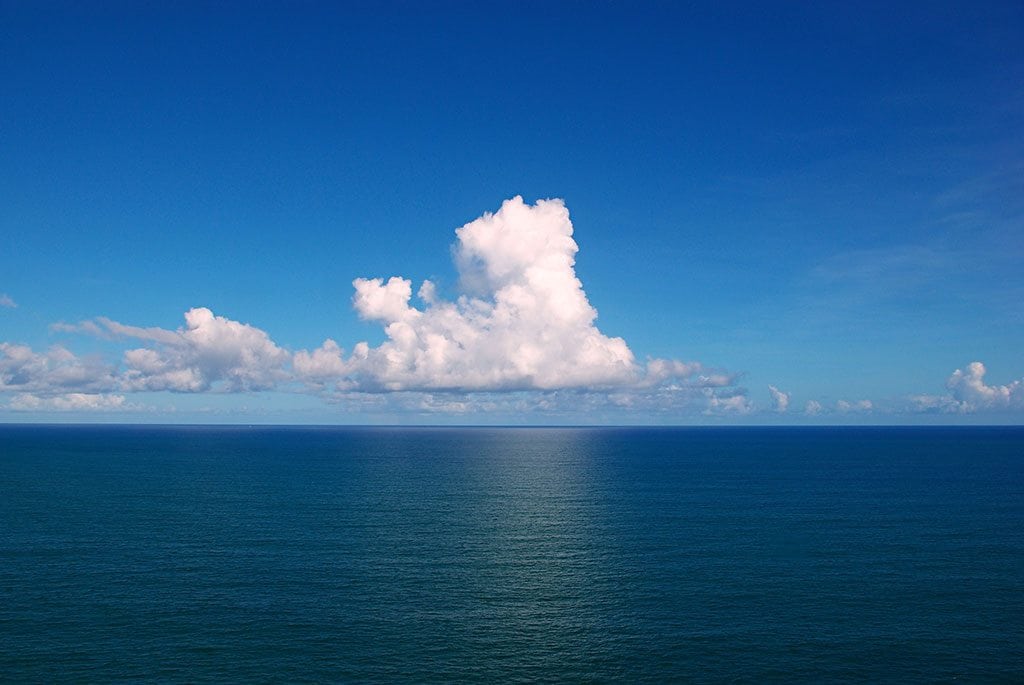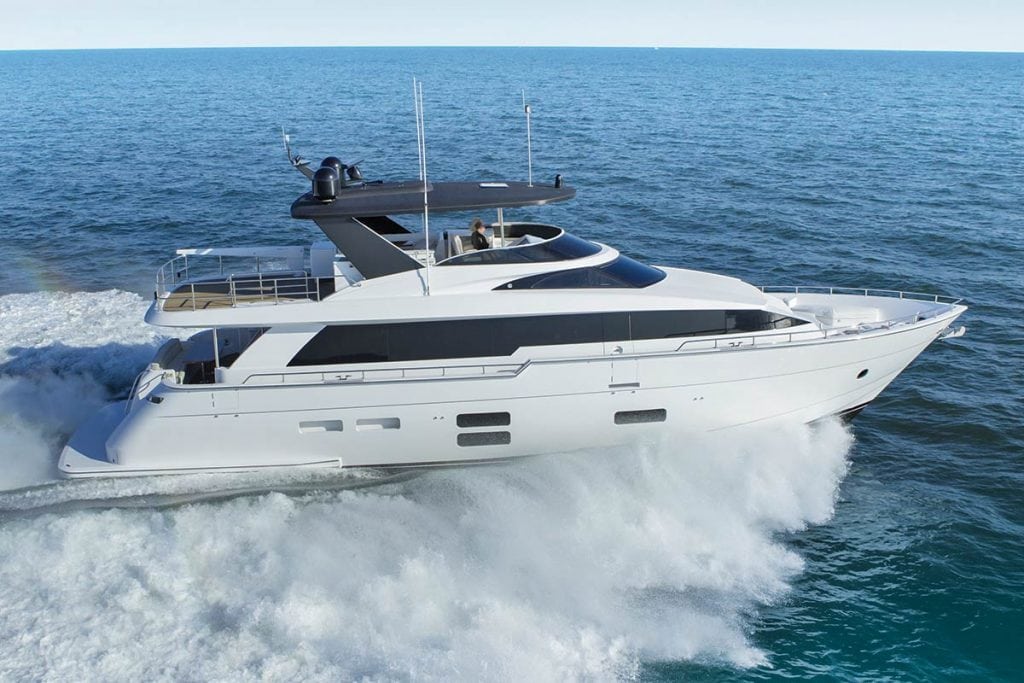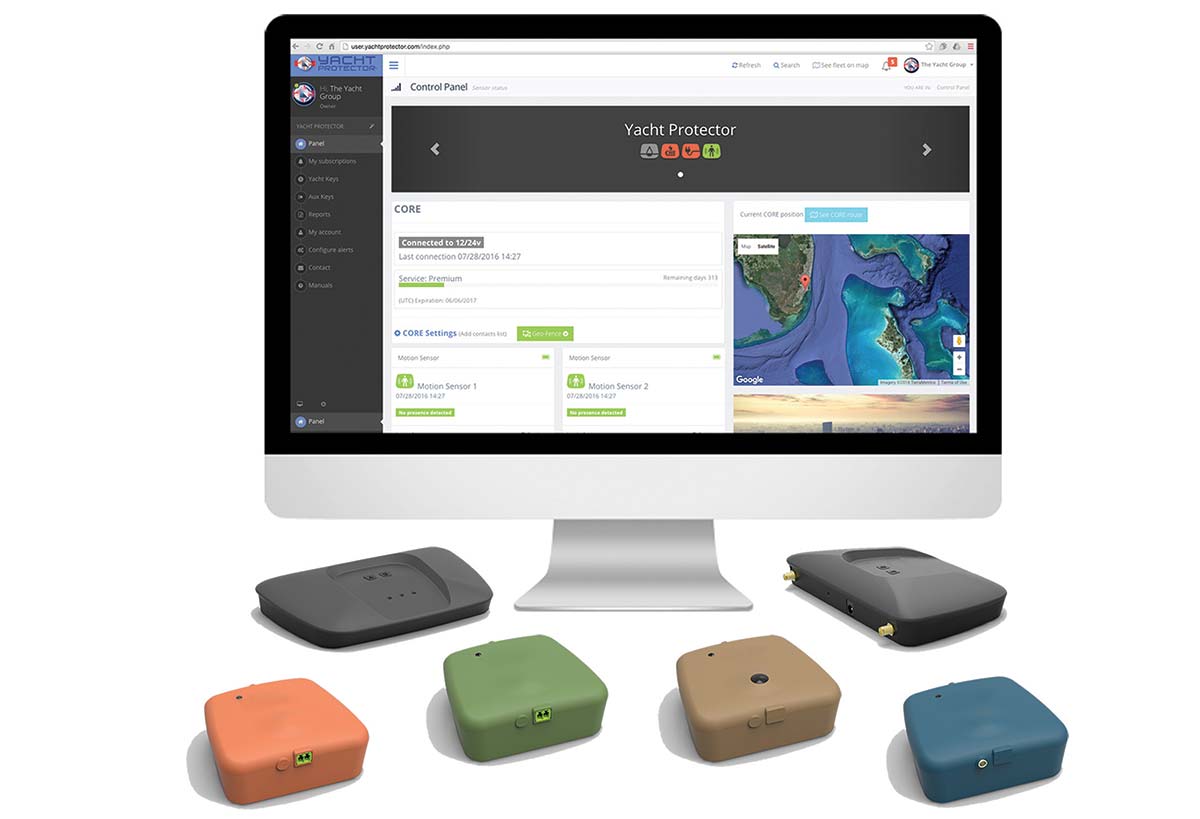Summer brings the perfect conditions for a day out on the water. Whether you’re taking the boat out for a solitary cruise or showing friends and family that perfect snorkeling spot, there are plenty of opportunities to take a step back, grab a drink and soak up the summer sun. However, the start of summer also brings other changes in weather besides the heat—sudden storms can appear unexpectedly, placing you and your passengers in danger.
These days, checking the weather forecast is as easy as taking a quick peek at your smartphone for one of the many weather apps available or checking your onboard radar. However, the time-honored tradition of scanning the horizon can be just as handy when your cruising itinerary takes you outside the realm of cellular service. Keeping track of the cloud cover and how it changes is one of the best ways to make sure summer voyages remain safe and enjoyable for the entire crew. Here are some signs to help you determine if it’s time to head back to shore.
Clouds can appear in almost infinite configurations across the sky but can be separated into manageable groups. Determining which group those looming clouds in the distance belong to can help to ease worries about potential inclement weather. Different types of clouds have descriptive names that depend on their appearance. For example, the common cumulus cloud (which indicates fair weather) has a defined outline and dense texture while its sunlit parts reflect a brilliant white light. Stratus clouds are composed of a thick, light gray base layer. The sun is barely visible behind this type of cloud, which often indicates an upcoming light drizzle. Other clouds are based on their process of formation, so it’s important to keep an eye on their development in order to recognize potential hazards.
Predicting weather patterns can be as easy as asking a series of questions based on cloud formation. While scanning the skyline, ask yourself about the types of clouds you can see. Are they increasing or decreasing in volume and amount? Are they moving higher up into the atmosphere or moving closer to the surface of the water? Watch out for heavy, dense clouds with a vertical formation, such as the cumulonimbus, as these can signal approaching thunderstorms with strong winds. Mariners throughout the centuries have developed a few quick sayings, or proverbs, dedicated to remembering the signs of approaching storms. Here are some of the more popular ones:
Red sky in the morning, sailors take warning. Red sky at night, sailor’s delight.
A red appearance to the sky at night can indicate high-pressure systems and good weather ahead. However, a red sky in the morning can indicate high water content in the atmosphere as well as low-pressure systems moving in, meaning a potential chance of rain.
Mackerel skies and mares’ tails make tall ships carry low sails.
A few high-flying cirrus clouds signal fair weather. However, when they increase dramatically in number they create what is known as a mackerel sky, which carries the possibility of rain.
By Susanna Botkin, Southern Exposure June 2016















